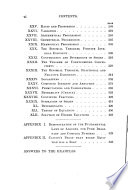 | Webster Wells - Algebra - 1890 - 560 pages
...— d Whence, a + b: a — b = c + d: c — d. 390. In a series of equal ratios, any antecedent is to its consequent as the sum of all the antecedents is to the sum of all the consequents. Let a:b = c:d = e:f. Then by Art. 381, ad = be, and af= be. Also, ab = ba. Adding, a(b + d +/) = b(a... | |
 | Joseph Ray - Algebra - 1894 - 422 pages
...72. 278. Propositioa XII. — In any number of proportions having the same ratio, any antecedent is to its consequent as the sum of all the antecedents is to the sum of all the consequents. Let a : b : : С : d : : m : n, etc. Then, a : b : : a+c+wi : o+ d+n. Since a : b : : с : d, we have... | |
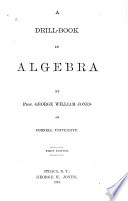 | George William Jones - Algebra - 1892 - 300 pages
...and like roots of the terms of a proportion are proportional. THEOR. 9. In a continued proportion, the sum of all the antecedents is to the sum of all the consequents as any antecedent is to its consequent. For, let a : b - с : d= e :/= - - then va/a = b/b, с/а -... | |
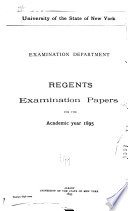 | University of the State of New York. Examination dept - Examinations - 1895 - 436 pages
...imaginary. 6-7 Complete and prove the following theorem : if any number of quantities are in proportion the sum of all the antecedents is to the sum of all the consequents as ... 8-9 Write three terms of the expansion of [a -\- b~\ n and prove that it is true when n is any... | |
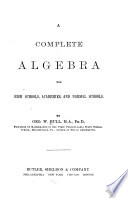 | George Washington Hull - Algebra - 1895 - 358 pages
...nq Multiplying, $P--JJ26n dq Whence, am :bn = cp: dq. THEOREM XVI. In a series of equal ratios, (he sum of all the antecedents is to the sum of all the consequents as any antecedent is to its consequent. Let a : 6 = с : d, And m:n=p:q. Then а с t Ь d' And ™=£.... | |
 | Webster Wells - Algebra - 1897 - 434 pages
...— t* Whence, a + b : a — 6 = c + d:c — d. 315. In a series of equal ratios, any antecedent is to its consequent as the sum of all the antecedents is to the sum of all the consequents. Let a:b = c:d = e:f. Then by § 306, ad = be, and q/= be. Also, ab = ba. ft a -h In like manner, the... | |
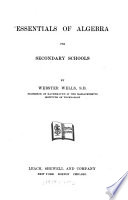 | Webster Wells - Algebra - 1897 - 422 pages
...a Whence, a + b : a — b = с + d : с — d. 315. In a series of equal ratios, any antecedent is to its consequent as the sum of all the antecedents is to the sum of all the consequents. Let a : b = с : d = e : f. Then by § 306, ad = bс, and af= be. Also, ab = ba. Adding, a(b + d+f)... | |
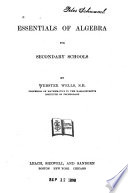 | Webster Wells - Algebra - 1897 - 426 pages
...(2), Whence, a + b: a — b = c + d: с — d. 315. In a series of equal ratios, any antecedent is to its consequent as the sum of all the antecedents is to the sum of all the consequents. Let a:b = c:d = e:f. Then by § 306, ad = Ьe, and af= be. Also, ab = ba. Adding, a(b + d+,f)=b(a +... | |
 | Fletcher Durell, Edward Rutledge Robbins - Algebra - 1897 - 482 pages
...+ d: c — d. 286. VI. Composition of Several Equal Batios ; that is, in a series of equal ratios, the sum of all the antecedents is to the sum of all the consequents as any one antecedent is to its consequent. а с eg eLet each of the equal ratios equal r. mu а с... | |
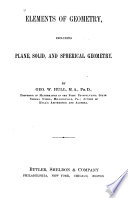 | George Washington Hull - Geometry - 1897 - 408 pages
...are proportional. §111 §111 Ax. 2 PROPOSITION XV. THEOREM. QED 133. In a series of equal ratios, the sum of all the antecedents is to the sum of all the consequents as any antecedent is to its consequent. Let a: b— c : d= e:f. Let r •» the common ratio, Then... | |
| |